All products featured are independently chosen by us. However, SoundGuys may receive a commission on orders placed through its retail links. See our ethics statement.
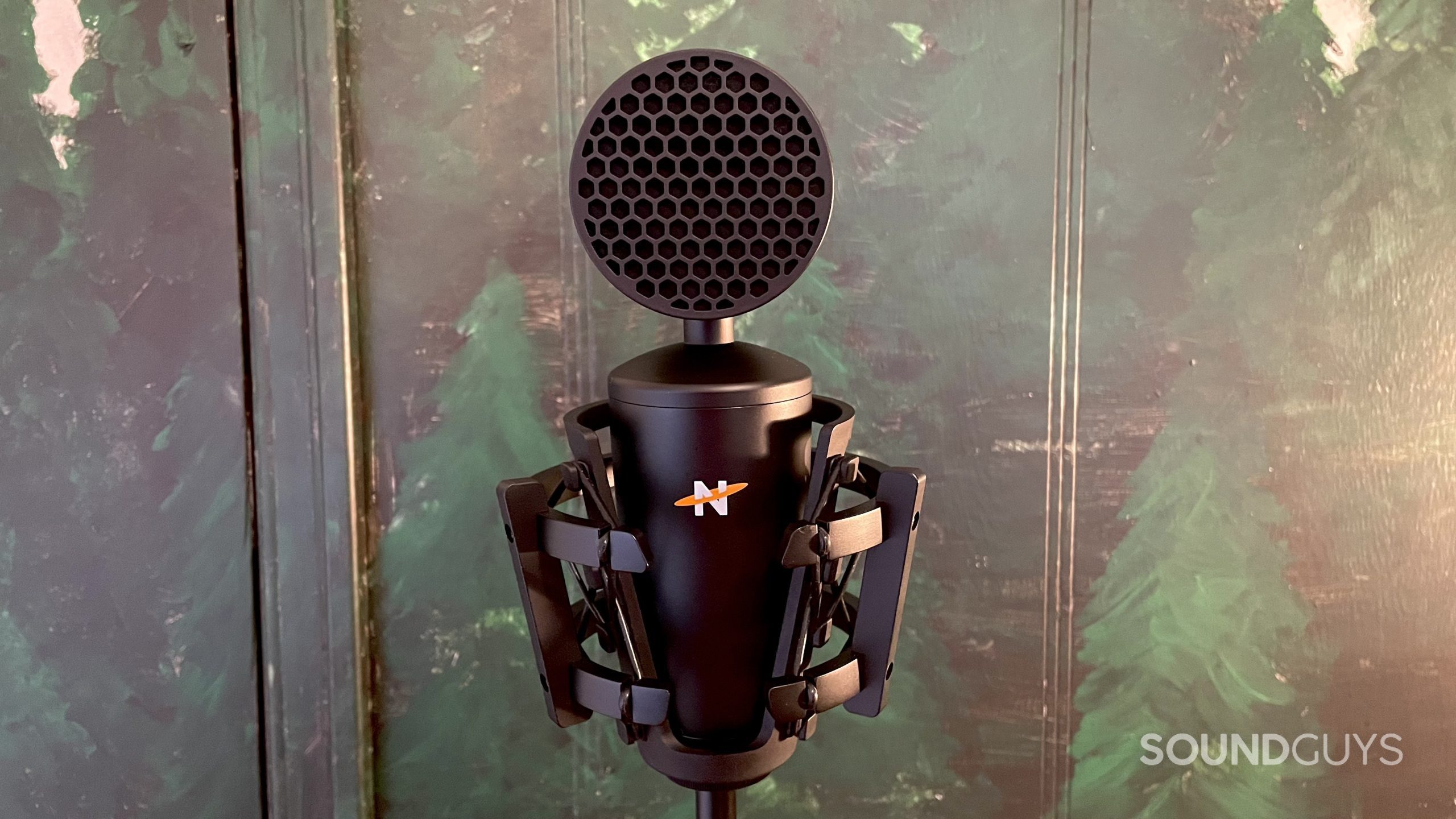
Neat King Bee II Microphone review
Published onMarch 17, 2022
Neat King Bee II
Have you heard the buzz about Neat’s bee-themed microphones? The Neat King Bee II is the top-tier model from this Turtle Beach subsidiary and it’s out here to compete with the royals of condenser microphones like the Rode NT1-A. Let’s see how it stacks up.
Who is the Neat King Bee II for?
- Singers will be able to create wonderful vocal recordings even in imperfect recording conditions with the Neat King Bee II.
- Podcasters who want to upgrade their USB microphone setup to an XLR microphone will appreciate the crystal clear sound quality of the King Bee II .
- If you’re a sucker for a funky design, this mic is sure to excite you.
How is the Neat King Bee II designed?
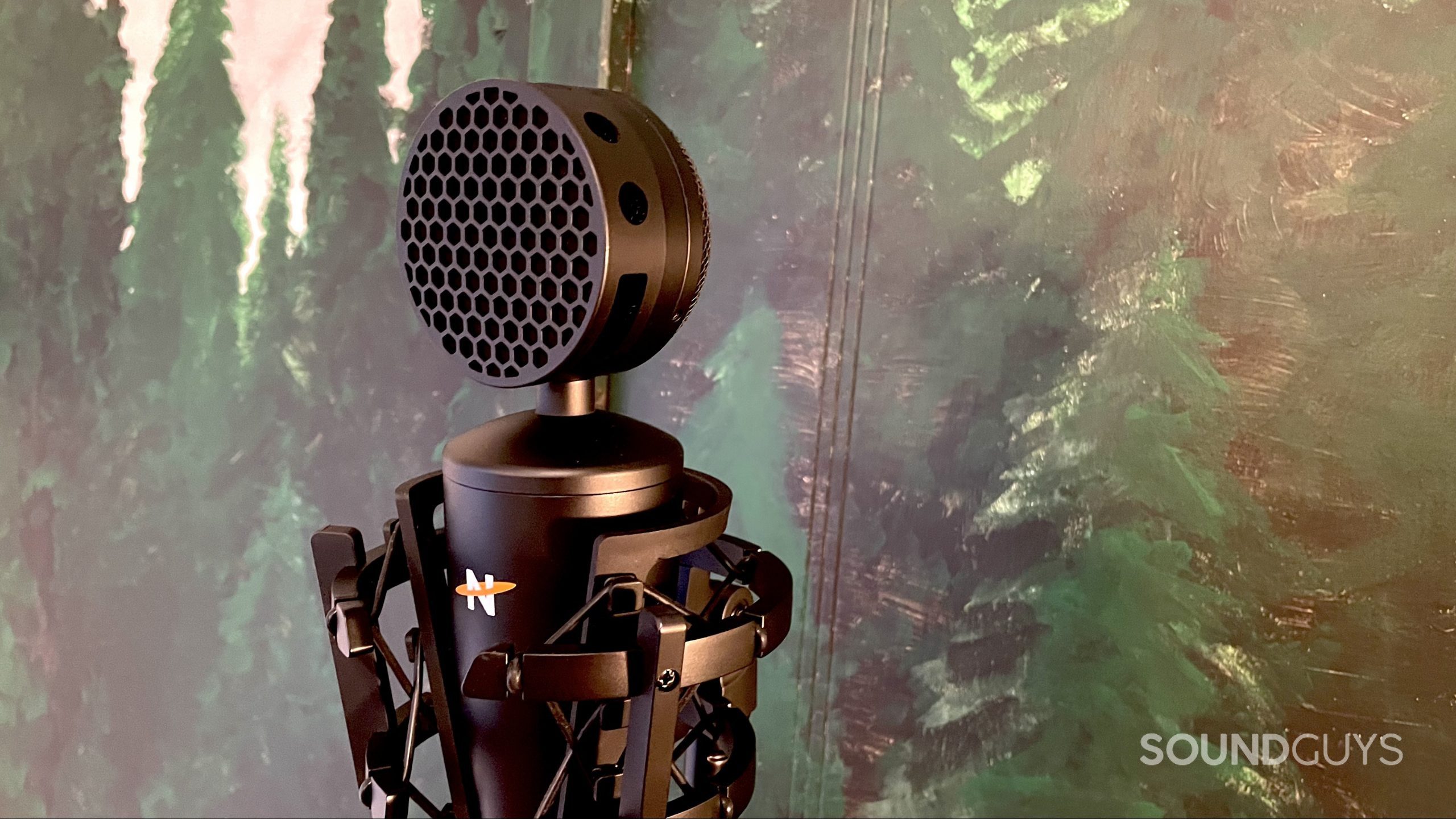
The Neat King Bee II has a funky design that looks nice, but it comes with the caveat of being a bit fragile. The included quick start guide even issues a warning to not move the capsule in any direction or else the skinny neck of the mic might break. It seems Neat prioritized aesthetics above durability when designing this mic.
Start here: What to look for in a microphone
The removable pop filter also has a fun design—it looks like a honeycomb. Unfortunately trying to attach and remove the pop filter from the mic feels like I’m going to break something. The mic is also pretty heavy and when I try to attach it to a boom arm, it weighs down the arm and makes securely positioning it really difficult. This heaviness combined with the mic’s fragility seems like it could easily lead to breakage. The included elastic shock mount may be good for reducing handling noise and vibrations, but it is bulky and contributes to the difficulty of positioning the mic.
What’s it like to use the Neat King Bee II?
The Neat King Bee II is an XLR condenser microphone, which manes you’ll need an XLR cable and a USB audio interface with +48V of phantom power to use it with your computer. You’ll also need your own microphone stand since the King Bee II does not come with one.
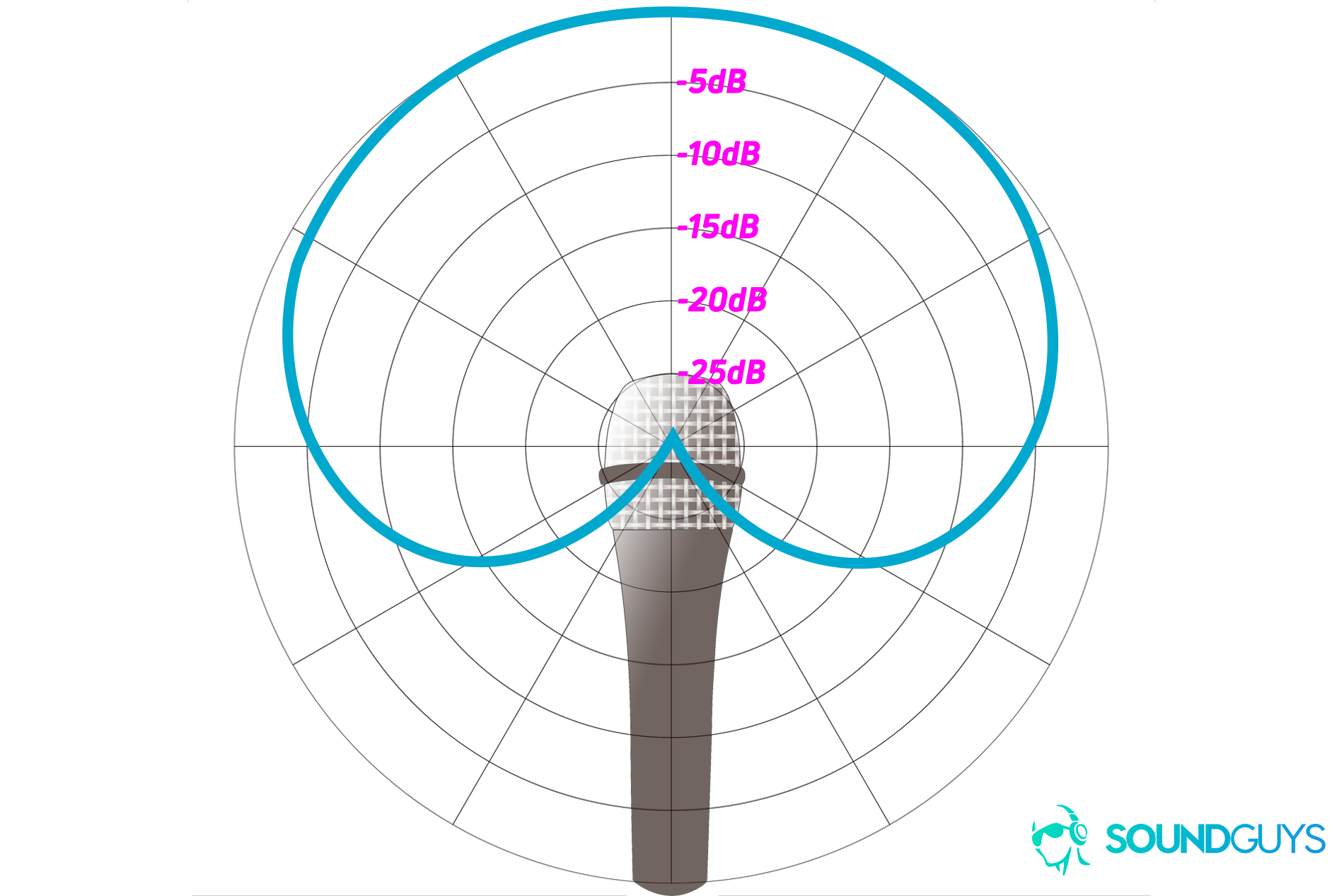
The quick start guide includes charts of the mic’s frequency response and cardioid polar pattern as well as instructions on how to set up each of the microphone’s accessories. The most helpful section of the guide gives tips and tricks on how to best position the mic according to your use case. For example, it offers different options for angling the mic when recording vocals in order to achieve different tonal effects. It also offers guidance for using the King Bee II to record an electric guitar through an amp, and for close-miking an acoustic guitar.
The King Bee II does not come with any software, all you need are the requirements listed above the cardioid polar pattern chart and you’re well on your way to recording.
How does the Neat King Bee II sound?
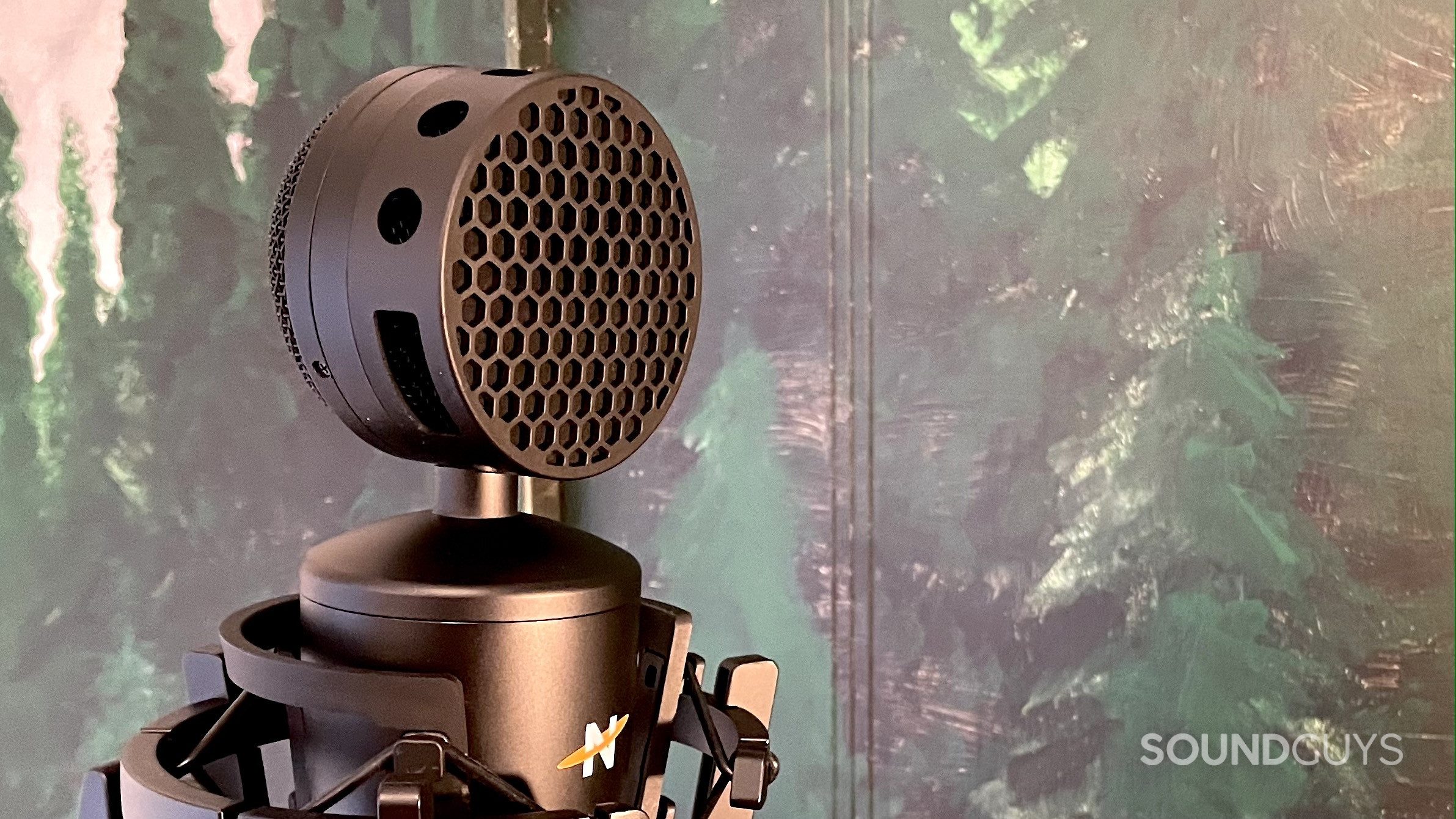
The microphone’s cardioid polar pattern means it records sound from one direction—the flat part of the mic grille. Adding the pop filter to the mic can help reduce sibilance (harsh “s” sounds) and minimize issues with plosives (“p” and “b” sounds). In the recording sample below, the King Bee II accurately reproduces the timbre of my voice and the audio is quite clear. The mic effectively rejects off-axis sound, whether it is the sounds of typing on my keyboard or the sound of my fan blasting.
Neat King Bee II speaking sample:
The mic handles singing just as well. As is the case with most microphones, I have to reduce the gain on my audio interface in order to prevent the system from clipping (distorting from too much input level). But even in my acoustically untreated bedroom, the vocal recording below sounds pretty good.
Neat King Bee II singing sample:
Condenser microphones are great for picking up subtle sounds, like the sounds of your fingers on the strings of an acoustic guitar. If you have the funds for two King Bee II microphones, you could set them up as a pair to get an even more accurate recording of your instrument.
Neat King Bee II acoustic guitar sample:
How does the microphone sound to you?
Hold up! Something’s different:
We’ve made a big improvement to how we demonstrate the microphone performance of products we review. We now use a standardized test setup that plays back pre-recorded phrases from a calibrated artificial mouth in our test chamber, either with or without simulated background noises, simulated reverberant spaces, or artificial wind. This means that samples from every product can be directly compared, which makes it far easier to make meaningful comparisons between products in terms of the raw speech quality or the product’s ability to reject noise. We will also update this review with new frequency response charts. These will be made obvious with our new chart aesthetic (black background instead of white). It will take a while to update our backlog of old test results, but we will update this review (and many others!) once we’re able with improved microphone demos. These will be made obvious in each new sample which begins with the phrase, “This is a SoundGuys standardized microphone demonstration …”
Thank you for bearing with us, and we hope to see you again once we’ve sorted everything out.
Should you buy the Neat King Bee II?
The Neat King Bee II would be a decent addition to your hive if you’re willing to handle it very gently. I’m far too clumsy to highly recommend this mic since it has some fragile design elements, but if you plan to keep it in the studio mounted to a stand at all times, it shouldn’t pose too much of a problem. The mic’s bulkiness and heaviness also make it difficult to position for recording instruments, but this rings true for most condenser microphones.

The sound quality is very good and it accurately captures the typical sound sources. It is nice you don’t need to invest in a separate pop filter since the mic comes with one, though the pop filter can’t really be used on any other microphones you already have in your collection. The King Bee II falls in the lower range of prices we typically see for condenser microphones and still has great sound, so it may just be worth its fragile build.
First and foremost, while the King Bee II is an XLR microphone, the Bumblebee II is a USB microphone. As is the case with most USB mics, the Bumblebee II has a fair number of bells and whistles, including onboard gain and volume control and direct monitoring. It’s a lot cheaper than the Neat King Bee II and also has a sturdier design, so if you’re looking for something more plug-and-play and aren’t too concerned about studio-quality sound, it may be the mic for you.
What should you get instead of the Neat King Bee II?
The Beyerdynamic M90 PRO X is quite a bit pricier than the King Bee II, but it’s a really great mic. It has a strong, cylindrical build and excellent sound quality. It, like the King Bee II, comes with an elastic shock mount and a pop filter, but the nice thing about this mic’s pop filter is that you can use it with virtually any other microphone out there.
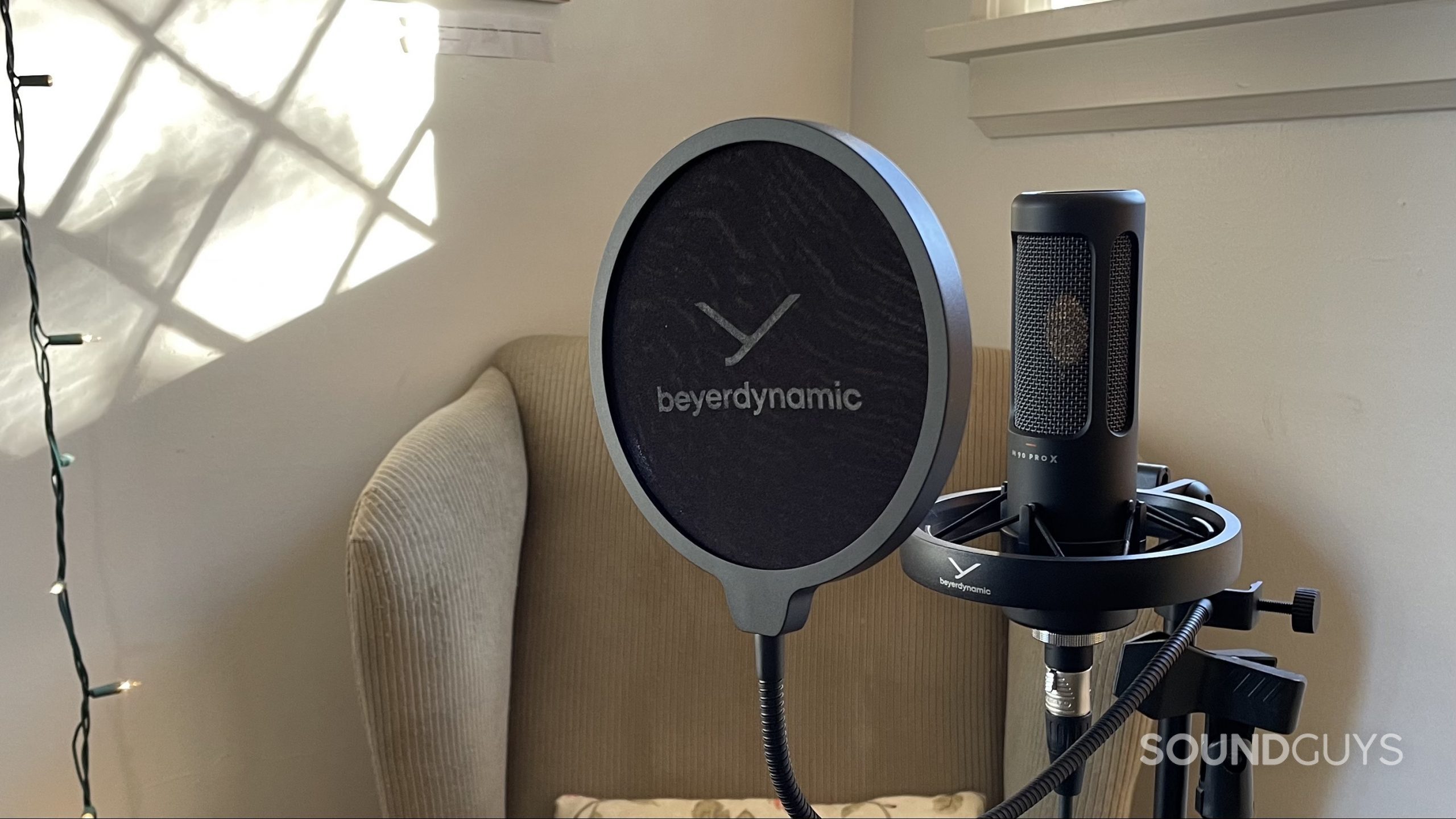
You can always opt for the old reliable Rode NT1 and Rode NT1-A condenser mics. These are closer in price to the Beyerdynamic M90 PRO X, but they are tried and true. These Rode mics are famous for their low self-noise and neutral-leaning frequency responses, and they also come with pop filters and shock mounts. If you’re willing to sacrifice a bit of sound quality for something more affordable, the Audio-Technica AT2020 is a $99 condenser microphone that’s a great choice for a first XLR microphone.
Of course, there are more than just condenser-style XLR mics out there for recording speech, vocals, and instruments. It all depends on what the sound and application you’re going for. Mics like the Shure SM7b are dynamic in nature which means they can handle greater audio inputs before distorting than condenser mics can. There are also countless great USB microphones out there, such as the Movo UM700, which require less extraneous equipment to use.
Read next: How to write a song